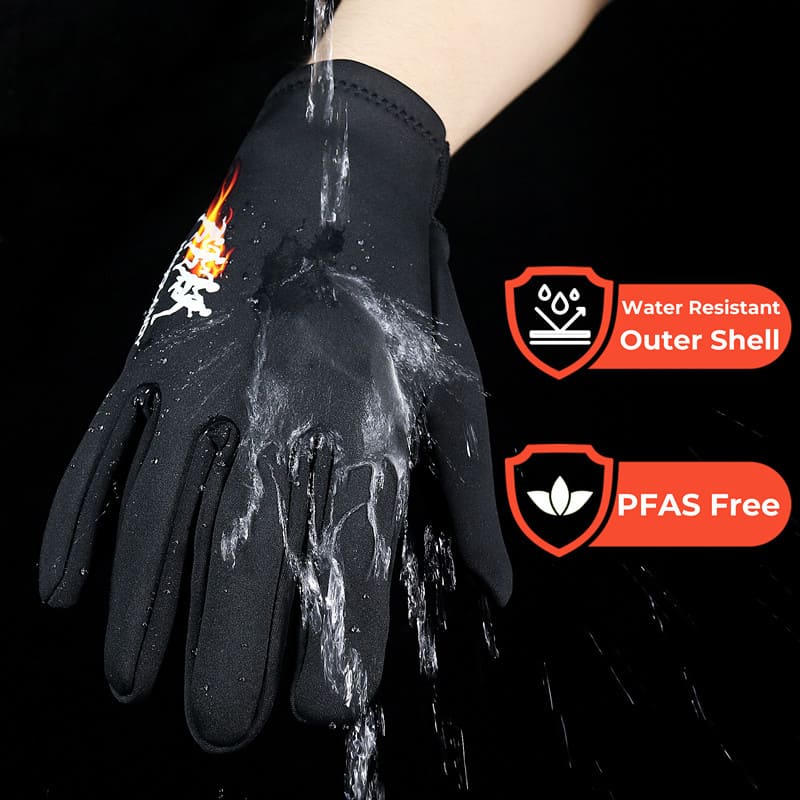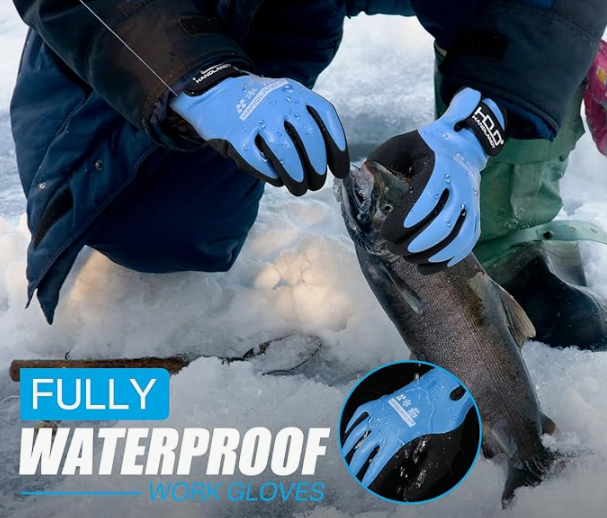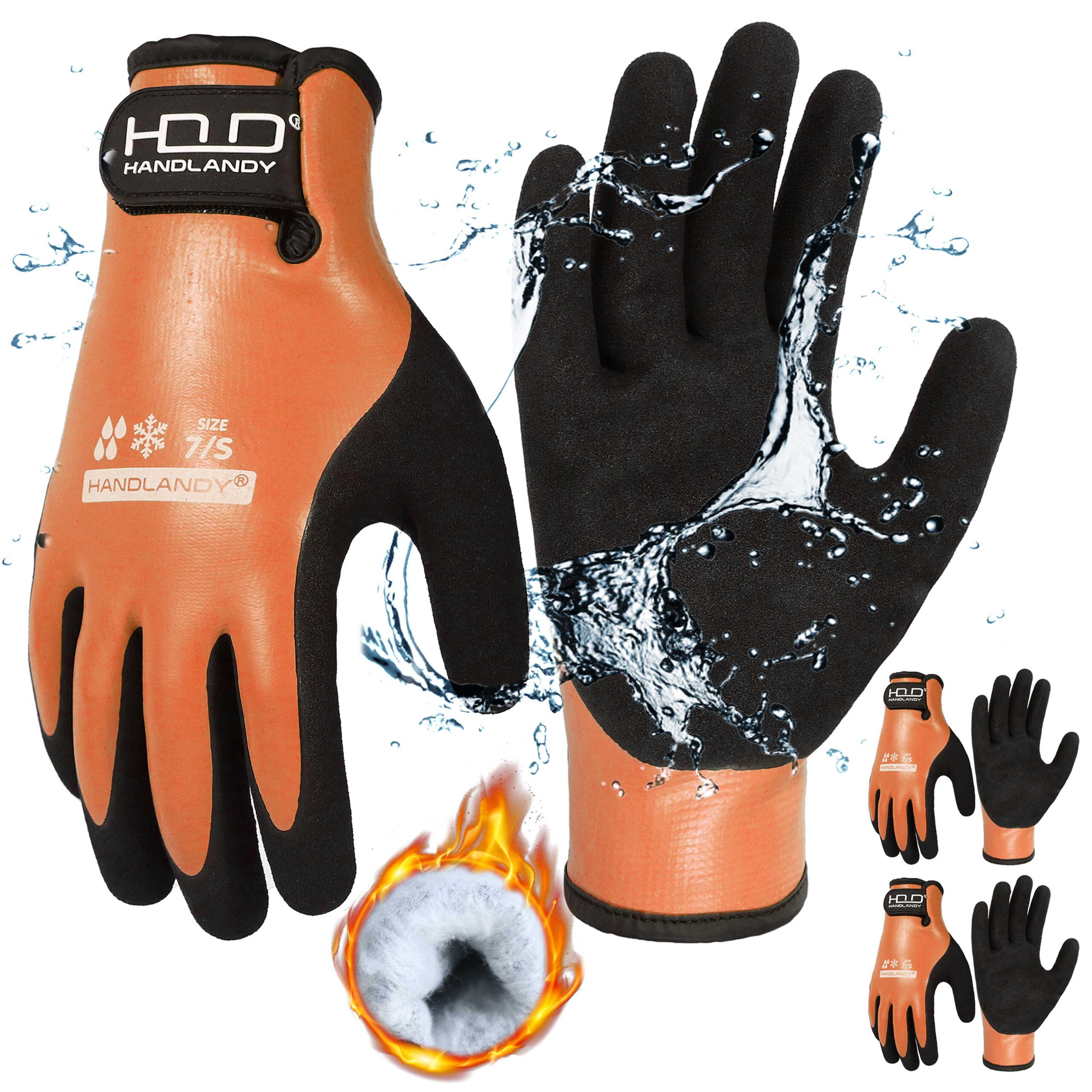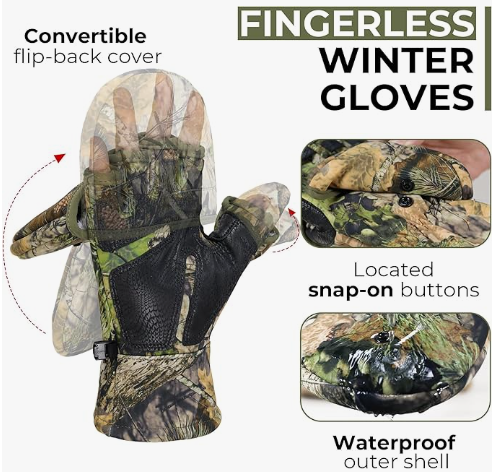Waterproof gloves completely block water from entering, keeping your hands dry even when submerged. Water-repellent gloves only resist water temporarily and may get wet if exposed for a long time or to heavy rain.
With over 20 years of experience in glove manufacturing and sales, I’ve helped countless customers find the right gloves. Here’s what you need to know:
1. Waterproof Gloves Explained
Waterproof gloves use special materials (like Gore-Tex® membranes, PVC, or nitrile) to create a barrier that prevents water from penetrating the fabric.
Benefits:
- Complete protection from water
- Ideal for heavy rain, snow, and tasks involving water immersion
Drawbacks:
- Less breathable, can cause sweaty hands
- Typically thicker and less flexible
Best Uses:
- Skiing or snowboarding
- Industrial cleaning tasks
- Fishing and boating
2. Water-Repellent Gloves Explained
Water-repellent gloves have a surface coating that causes water to bead up and roll off, but they’re not completely sealed.
Benefits:
- Lightweight and breathable
- Comfortable for daily use or mild weather conditions
Drawbacks:
- Water can seep through with prolonged exposure
- Treatment can wear off over time and needs reapplication
Best Uses:
- Short outdoor activities
- Gardening
- Everyday wear in mild, wet conditions
3. Quick Comparison Table
| Feature | Waterproof Gloves | Water-Repellent Gloves |
|---|---|---|
| Water protection level | Complete protection | Partial protection |
| Breathability | Lower | Higher |
| Suitable conditions | Heavy rain, submersion | Light rain, short-term exposure |
| Maintenance | Special care required | Regular treatment needed |
4. How to Choose Between Waterproof and Water-Repellent Gloves?
- Choose waterproof gloves if:
- You need to stay dry for long periods.
- You regularly work or play in wet environments.
- Choose water-repellent gloves if:
- You prefer comfort and breathability.
- Your exposure to moisture is minimal or brief.
Expert Tip (from 20+ Years Experience)
Regularly inspect your waterproof gloves to ensure seams and linings remain intact. Reapply water-repellent treatments periodically to maintain glove performance.
Conclusion
Both waterproof and water-repellent gloves serve specific purposes. Waterproof gloves are best for complete water protection, while water-repellent gloves offer comfort and breathability for less extreme conditions. Choose based on your activities and the protection you truly need.
Still unsure which gloves to buy? Comment below for personalized advice!








